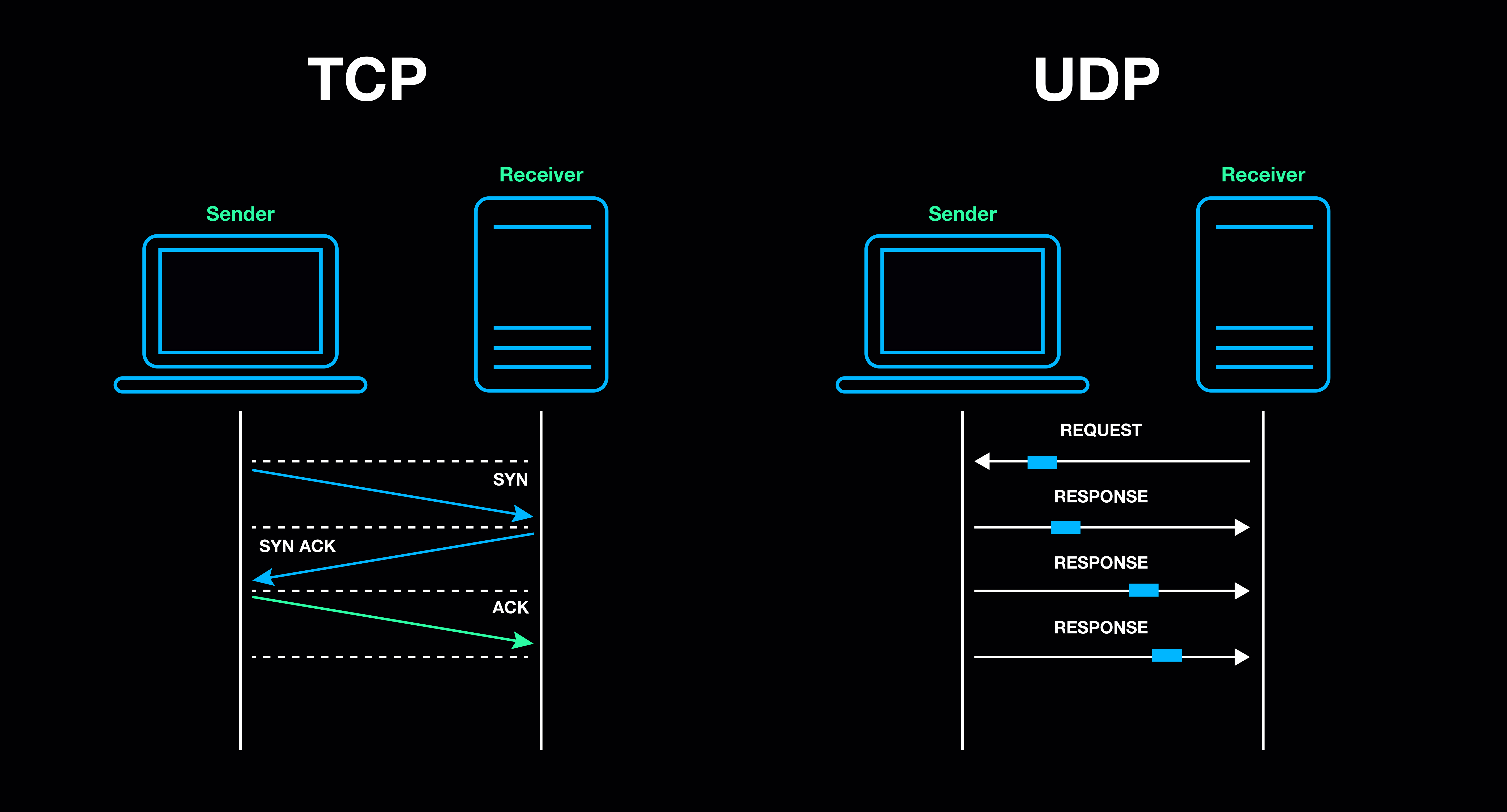
TCP vs. UDP: Understanding the Differences in Data Transmission Protocols
Introduction
In the world of computer networking, communication protocols play a crucial role in facilitating the exchange of data between devices. Two prominent protocols, TCP (Transmission Control Protocol) and UDP (User Datagram Protocol), offer distinct approaches to data transmission. Understanding the key differences between TCP and UDP is vital for network administrators, developers, and anyone dealing with data transmission strategies. In this blog post, we will explore the fundamental differences between TCP and UDP, shedding light on when to choose one over the other.
TCP and UDP: An Overview
1. Reliability vs. Speed: TCP is a reliable protocol that guarantees delivery of data, while UDP prioritizes speed and sacrifices reliability. Opinion: TCP ensures the successful and accurate transmission of data by employing mechanisms such as error detection, acknowledgements, and retransmission. UDP, on the other hand, follows a fire-and-forget approach, delivering packets quickly without guarantees of successful delivery.
2. Connection-Oriented vs. Connectionless: TCP is connection-oriented, establishing a connection between sender and receiver before data transmission. Opinion: This connection allows for error handling, flow control, and ordered delivery of data. UDP, being connectionless, does not establish a connection and simply sends packets to the recipient without any acknowledgment or order assurance.
3. Overhead and Efficiency: TCP has more overhead due to its reliability features, including acknowledgment packets and sequence numbers. Opinion: While this overhead ensures reliable delivery, it can impact performance in certain scenarios. UDP has minimal overhead, making it faster and more efficient, but at the cost of reliability.
4. Ordered vs. Unordered Delivery: TCP guarantees the ordered delivery of data packets, maintaining the sequential integrity of transmitted information. Opinion: This is beneficial for scenarios where the order of data is critical, such as transferring files or loading web pages. UDP, being connectionless, may deliver packets out of order or drop packets, making it suitable for real-time applications like video streaming or gaming, where immediate delivery trumps strict ordering.
5. Flow Control and Congestion Management: TCP implements flow control mechanisms to manage data transmission rates and ensures the receiver can handle the incoming data. Opinion: This prevents overwhelming the receiver with too much data. UDP does not have built-in flow control or congestion management, which can lead to network congestion and potential packet loss in high-load situations.
6. Application Scenarios: TCP excels in scenarios where data integrity and accuracy are paramount, such as web browsing, email, and file transfers. Opinion: It ensures reliable transactions, error-free communications, and automatic retransmission of lost or corrupted data. UDP finds its value in applications that prioritize speed, low latency, and real-time interactions, such as gaming, VoIP, streaming media, DNS, and IoT devices. Opinion: It sacrifices reliability to achieve faster transmission rates and reduced latency.
Conclusion
TCP and UDP are two essential protocols with distinct characteristics suited for specific data transmission scenarios. TCP offers reliability, ordered delivery, and error recovery at the expense of some speed. UDP, on the other hand, focuses on speed, low overhead, and immediate transmission but does not guarantee delivery or order. Choosing between TCP and UDP depends on the specific needs of your application, considering factors like data integrity, latency requirements, and the tolerance for potential packet loss. Understanding the key differences outlined above will guide you in making the right protocol selection and ensure an efficient and reliable communication network tailored to your specific requirements.